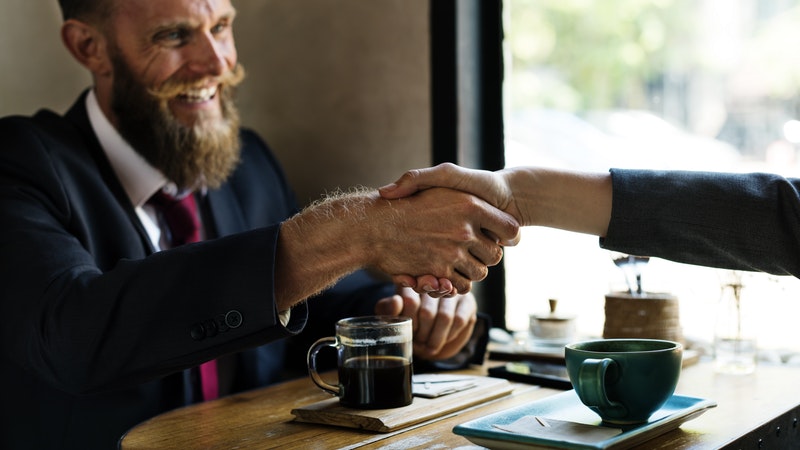Close Deals
Episode #8 of the course Drive sales with inbound lead generation by Roy Harmon
So far, you’ve built a funnel for prospects who are just becoming aware of their problem and another for prospects who are beginning to search for solutions. Now it’s time to build your final funnel. This one is for prospects who are ready to choose from a certain category of solutions (your category).
You’ll nurture leads from your Awareness and Consideration funnels into this funnel, and you’ll also bring in new traffic through ads and SEO.
The Decision Funnel

Traffic Sources
Paid search is a great way to generate traffic for your Decision stage offers for two reasons:
1. It’s very easy to bid on keywords that demonstrate purchase intent (e.g., “buy an umbrella”).
2. Since the prospect is so far down the funnel, these campaigns will have a higher ROI. They’ll pay for themselves more quickly than others.
Remarketing on social media channels can also be very effective at this stage of the buyer’s journey. Build an audience based on behaviors that show intent to purchase (e.g., a visit to your pricing page), and target them with ads for your Decision stage blog posts and offers.
Case studies and comparisons make great blog posts for the Decision stage funnel. Write about successes people have had with your product, positive reviews, and how your product compares to the competition.
Phrasing comparison posts as “[insert your product] vs. [insert competitor’s product]” can be a great SEO play because not many people will be trying to rank for that phrase, but you’ll definitely want to control the conversation if someone is googling it.
Landing Page
The form here will need to include all the information you need to make a sale. If you’re using a tool like HubSpot, you can have it autofill the fields they’ve already filled out at some time in the past, or just make it so they don’t show up in the first place.
But if you’re not using HubSpot, make sure you get everything you need to close the deal. For example, if you need to call them to schedule a demo, make sure you get their number.
Prospects in this stage of the buyer’s journey are motivated, so you can ask for more information if you need it. But always remember not to add any more questions than absolutely necessary.
Offer
Here, the offer should give them as much of a taste of your product as possible. Some possibilities:
• a free sample
• a free trial
• a demo
It all depends on what you’re selling. Those offers probably won’t work very well for a company selling umbrellas. If you’re selling a product like that, you might want to try a “buy one, get one free” offer.
Thank You Page
At this stage of the buyer’s journey, the thank you page can just say thank you, unless you’re looking for repeat purchases or you have some other reason to want to follow up with them. For example, you might want to encourage them to schedule a call with your implementation team to increase user adoption.
Now you know what to do, so in the final lesson, we’ll talk about how to do it—i.e., how to use marketing automation to automate your funnels.
Recommended book
Words that Sell: More than 6000 Entries to Help You Promote Your Products, Services, and Ideas by Richard Bayan
Share with friends

